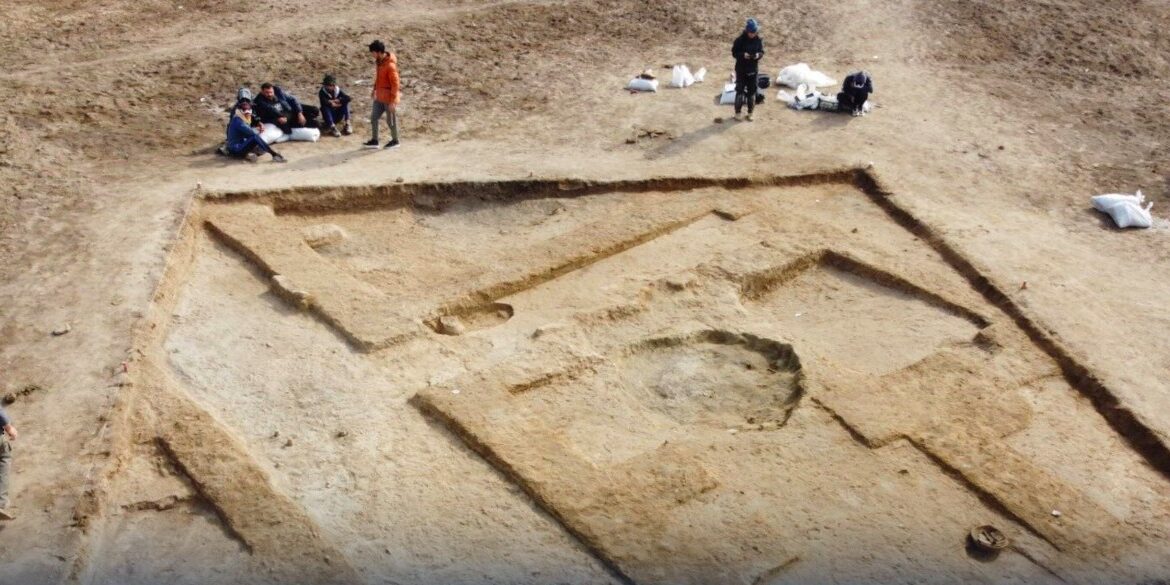A 5,000-year-old taverna has been found in Iraq – complete with an oven, a refrigerator, and dishes on the tables filled with food.
We may often think that the lifestyle of Western civilisation has evolved over time, but a recent archaeological discovery in Iraq shows that people used to eat alfresco in taverns 5,000 years ago.
The taverna discovered by archaeologists in the ancient city of Lagash, dates back to 2,700 BC containing evidence of Sumerian culture. The Sumerians were an ancient people who appeared in the Mesopotamia region between 6000 and 4000 BC, a populace who were at their peak between about 3000 and 1500 BC.
Researchers working in the ancient city of Lagash discovered that the taverna, hidden just a few centimetres below the earth's surface, was divided into an open-air dining area and a room containing benches, an oven, ancient food remains and even an early 5,000-year-old refrigerator.
The open courtyard proved initially to be an area that was difficult to excavate because it was "open and exposed to the countryside," Reed Goodman, an archaeologist from the University of Pennsylvania, told CNN.
Returning with the team to the mysterious restaurant courtyard a few months later, field director Sarah Piccimenti, from the University of Pisa in Italy, carefully widened the trench.
What did the ancient tavern consist of?
Goodman’s team then discovered an industrial-sized oven - an ancient "fridge" made of clay, which could absorb moisture and keep food cool’ as well as dozens of conical bowls and containers, many of which contained fish remains, revealing that the purpose of the courtyard was an outdoor taverna.
"I think the first feature that stood out was this very large oven, and it's really beautiful," Goodman said.
"From the various burning episodes and the ash deposits it left a kind of rainbow colouring on the grounds and the interior is lined with these big bricks," he added.
Lagash, the present-day city of al-Himba, was one of the oldest and largest cities in southern Mesopotamia, inhabited from the fifth millennium to the middle of the second millennium BC and comprising of an area of almost two square miles.
The site has since become an important archaeological site, with excavations resuming in 2019 as part of a joint program between the Penn Museum, the University of Cambridge and the State Council of Antiquities and Cultural Heritage of Baghdad, using new techniques such as photography with drones and genetic analysis.
Society was not only organised around elites and slaves, but also included an ancient middle class
The discovery of the ancient taverna supports the archaeological team's view that society was not only organised around elites and slaves, an initial prevailing view of civilisation at the time, but included an ancient middle class.
"The fact that you have a public gathering place where people can sit and drink a beer and eat their fish stew suggests that they weren't working under the tyranny of kings," says archaeologist Reed Goodman.
"Right there, there's already something that gives us a much more colourful history of the city," he adds.
Read also Coffee with Milk: Your New, Every Day Anti-inflammatory Medicine


